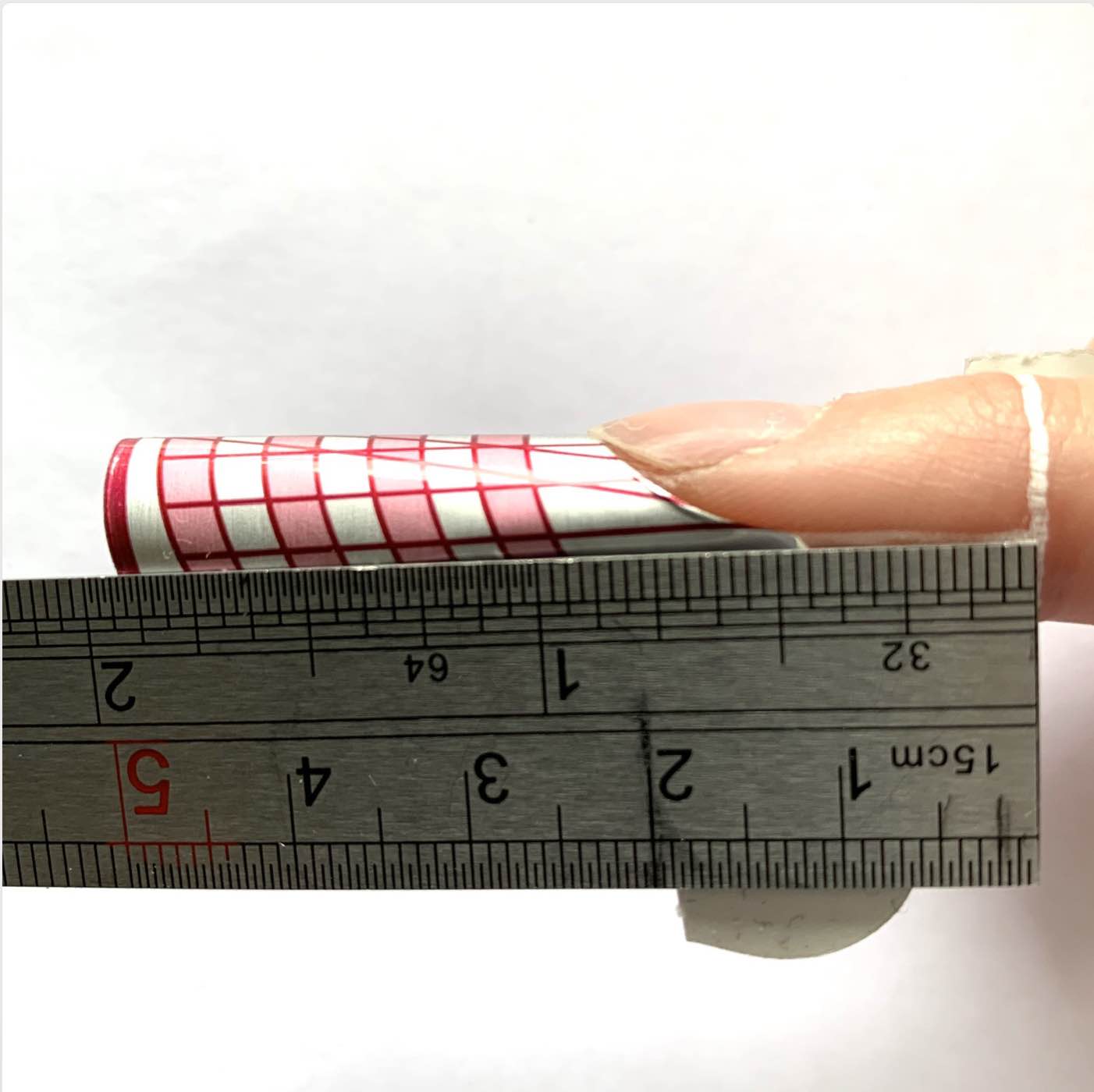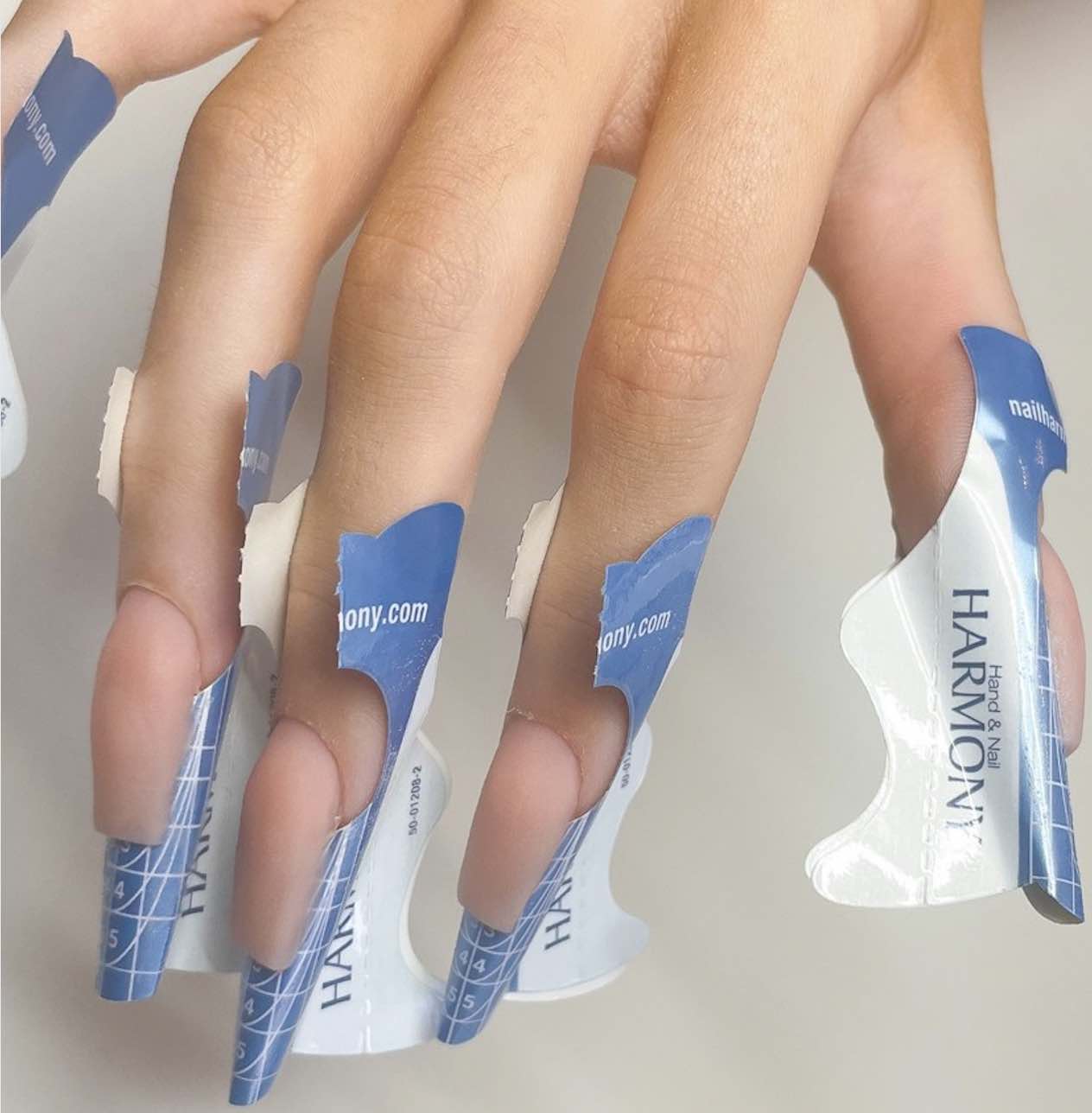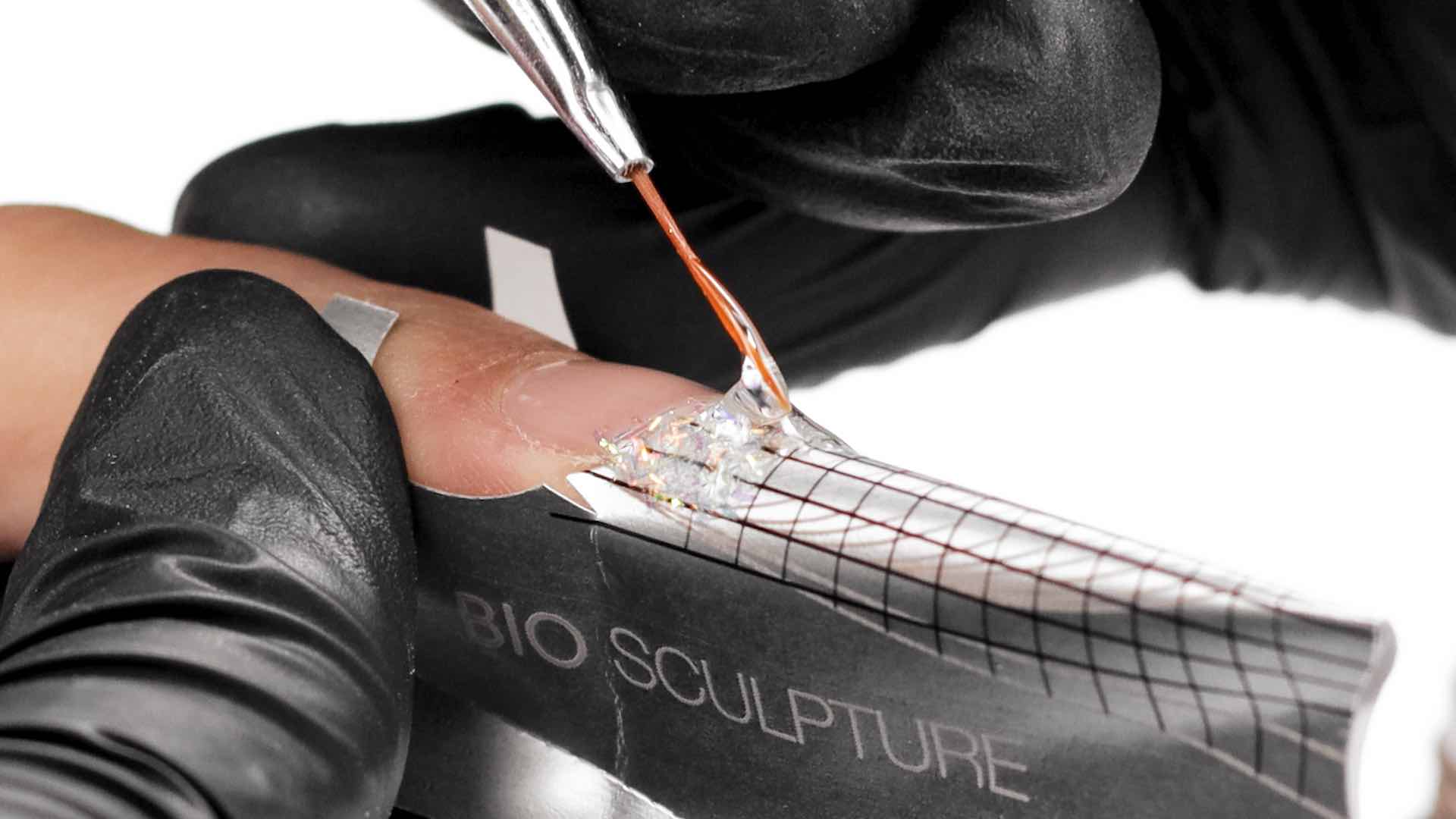6 top tips for nail sculpting

Nail Sculpting can be a tricky skill to master. “When starting out, I recommend doing research into courses designed around sculpting, to help you gain confidence,” says Amy Martin, owner of AMB Studio and Georgie Smedley Group educator.
Katie Barnes, award-winning nail tech and owner of the Katie Barnes Tool Range & Education, advises thinking of nail sculpting like building a house or laying floorboards – if these have any errors then everything that goes on top will also have flaws. “While it can seem time-consuming spending longer perfecting the form fit, and creating the necessary adjustments, it will result in a better application and reduce time spent on application and filing,” she adds.
Tania Biddle, owner of the award-winning Plush Nails & Beauty salon in South Africa, adds that “many nail technicians do not know (and are possibly not taught) the huge importance of a perfectly shaped upper arch”.
Here are their 6 top tips for nail sculpting:
1. Choose the correct nail form
“Some nail forms aren’t suitable for all shapes,” explains Barnes. “I recommend selecting a form suitable for square shapes, because this can be made into an almond but a form suitable for almond or stiletto shapes is not suitable for a square form fit. This is due to the pointed shape of the almond and it would taper the shape of the square, losing the edges which contribute to the shape.”
2. Get your form fit on point

Nails don’t grow perfectly and may also be missing corners due to damage or trauma, so when you fit a form, check the side view and positioning.
“You need to measure against the finger and not the natural nail side wall,” advises Barnes. “Fingers are often crooked, so it is important to only use the end finger joint to measure this.”
She continues, “By lining up the form at the perfect angle with this part of the finger, this automatically creates a corrected natural side wall. While the upper arch changes on different shapes, all side walls must come out straight. The angle in which your form is directed is vital to success with this.”
This starting point will tell you if your form positioning is straight. By mastering this base step, you can then create different form positionings that may require a downwards fit.
“There must be no gaps between the nail and free edge,” continues Barnes. “Removing the free edge can make it easier to apply your nail form correctly, so you are not governed by the natural nail growth, which may be different to how your form placement needs to be.”
She also stresses the importance of ensuring there are no creases or dents in the form as these will show in the rest of your work.
Every nail is different so every form must be adjusted to fit seamlessly. All forms will require tailoring - some at the free edge to fit, and all at the sidewalls to allow correct closure of the nail form.
3. Apply product as though you’re not going to file

“Obviously you will be filing the nails but if you apply your product as perfectly as you can to begin with, it means you will save time and product wastage,” says Martin. “Spending the time making sure the nails are the shape and length your client desires means that you will not have to spend as much time filing them in to shape, which is also better for your clients’ nails and the surrounding skin. It also minimises dust.”
She continues, “Using the right consistency and amount of product and placing it correctly also means you’re less likely to use an excess amount or drop beads, making the service more cost effective for your salon."
Barnes agrees, adding, “One of the most common mistakes I see is techs using too much product and relying on the nail file to correct this. “This often comes from incorrect form fit. When the foundation isn’t spot on, then the rest of the enhancement will follow this incorrect platform.”
4. Sculpt mainly with your brush
“By sculpting with your brush, you will ensure the product is exactly where it needs to be and is well adhered to the natural nail, rather than just popping the product on and filing,” says Barnes. “If you do the latter, then service breakdown can occur due to poor application.”
Some areas on an enhancement require more product, such as the apex, and others less, such as the free edge. “By using your brush, you can mould the product into shape and these areas, rather than continually adding additional beads and therefore ending up needing to use the file to do the shaping work for you,” says Barnes.
The trick to sculpting with your brush is mastering your mix ratio and knowing exactly when to and when not to be moving your product.
5. Perfect your upper arch and apex placement

“The function of the upper arch is not only shape but also strength, says Biddle. “It provides support, reinforcing the stress area and preventing the nail from bending back and forth, which would result in stress breaks.”
As such, it’s important to get the positioning right. The apex (the highest point of the upper arch) placement should be determined by the length of the nail.
“This precise placement of product is crucial as this will support the nail as the nail grows out. If the upper arch is not placed correctly, the nail will either feel weak, or it may cause product lifting around the cuticle outline, as the weight of the arch is covering the free edge instead of the nail body,” says Biddle.
“The created upper arch will be different on each individual client, depending on the structure of the natural nail and the length of the nail. This means that the amount of product used to create the arch will be dependent on the nail being worked on,” advises Biddle.
“A useful method to evaluate the upper arch is to use the reflection of light, in other words how the light reflects and bounces off of the nail surface.”
6. Finish with a fine-grit file
“Final refinement of the nail can be achieved by filing and shaping the arch to perfection, using appropriate files and buffs,” says Biddle.
When finish-filing an enhancement, you should only need to use a fine grit such as 240 and a light pressure to preserve the integrity of the acrylic, Barnes advises. “If you are finding that you need to use a higher grit, then either too much product was applied and not in the correct areas.”


